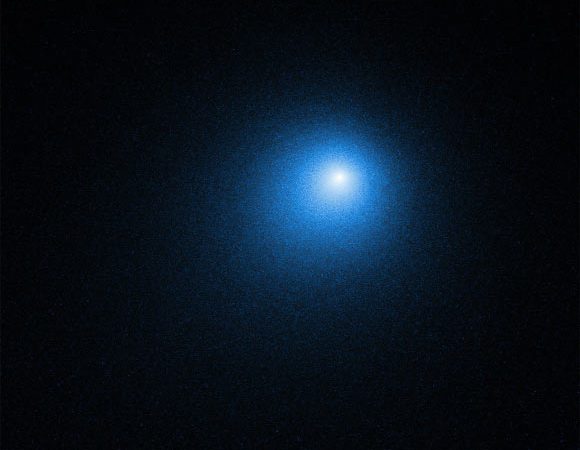NASA’s Stratospheric Observatory for Infrared Astronomy (SOFIA) observed the hyperactive Jupiter-family comet 46P/Wirtanen as it made its closest approach to Earth in December 2018. Now the latest analysis of SOFIA’s data reveals that water in hyperactive comets may share a common origin with Earth’s oceans, reinforcing the idea that comets played a key role in bringing water to our planet billions of years ago.
Source: Sci News
“We have identified a vast reservoir of Earth-like water in the outer reaches of the Solar System,” said Dr. Dariusz Lis, a researcher with NASA’s Jet Propulsion Laboratory.
“Water was crucial for the development of life as we know it. We not only want to understand how Earth’s water was delivered, but also if this process could work in other planetary systems.”
Water is also known by its chemical name H2O because it’s made of two hydrogen atoms and one oxygen atom.
But using special instruments, scientists can detect two types: regular water, H2O, and heavy water, HDO, which has an extra neutrally-charged particle called a neutron inside one of the hydrogen atoms.
They compare the amount of heavy to regular water (D/H ratio) in comets. If comets have the same D/H ratio as Earth’s oceans, it indicates that the water in both may share a common origin.

Observing at high altitudes above much of the Earth’s atmospheric water allowed SOFIA to accurately measure the D/H ratio in 46P/Wirtanen.
The new SOFIA data showed that the comet’s ratio is the same as the Earth’s oceans.
When Dr. Lis and colleagues compared the data with previous studies of comets, they found a surprising commonality.
The D/H ratio was not linked to the origin of the comets — whether they were from the Oort Cloud or the Kuiper Belt. Instead, it was related to how much water was released from ice grains in the comet’s coma compared to directly from the snowy surface.
This could imply that all comets could have the D/H ratio similar to Earth’s oceans, and that they could have delivered a large fraction of water to Earth.
“This is the first time we could relate the heavy-to-regular water ratio of all comets to a single factor,” said Dr. Dominique Bockelée-Morvan, an astronomer at the Paris Observatory and the French National Center for Scientific Research.
“We may need to rethink how we study comets because water released from the ice grains appears to be a better indicator of the overall water ratio than the water released from surface ice.”
The findings were published the journal Astronomy & Astrophysics Letters.

































Leave a Comment
You must be logged in to post a comment.